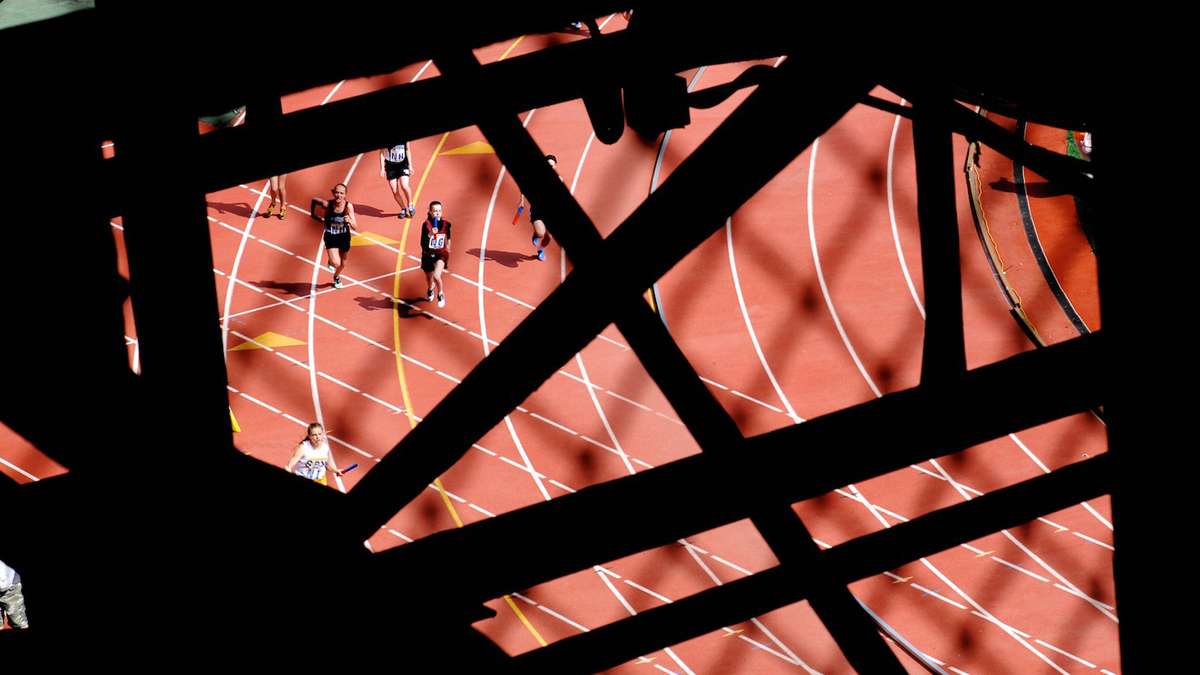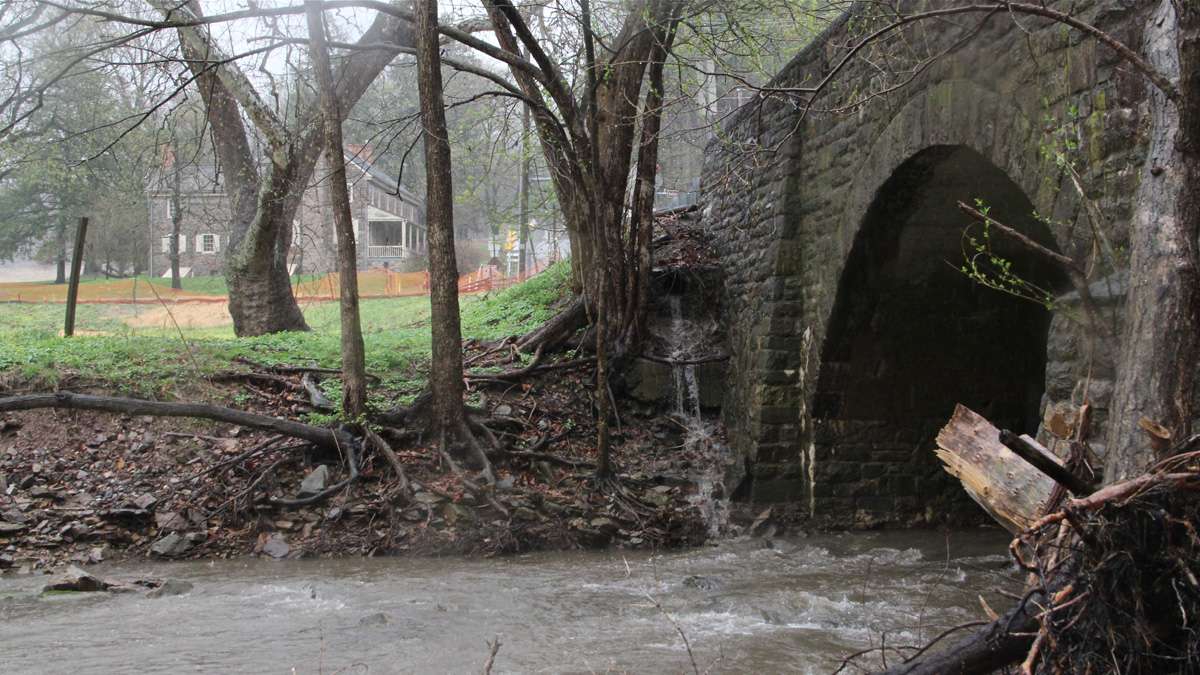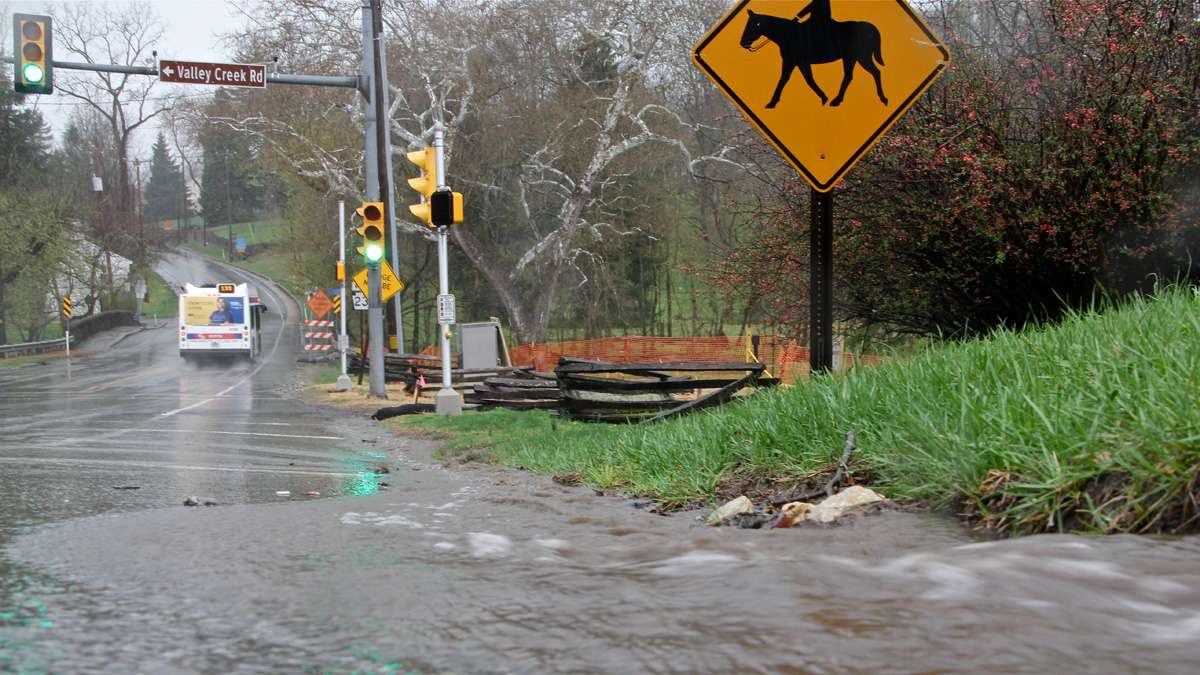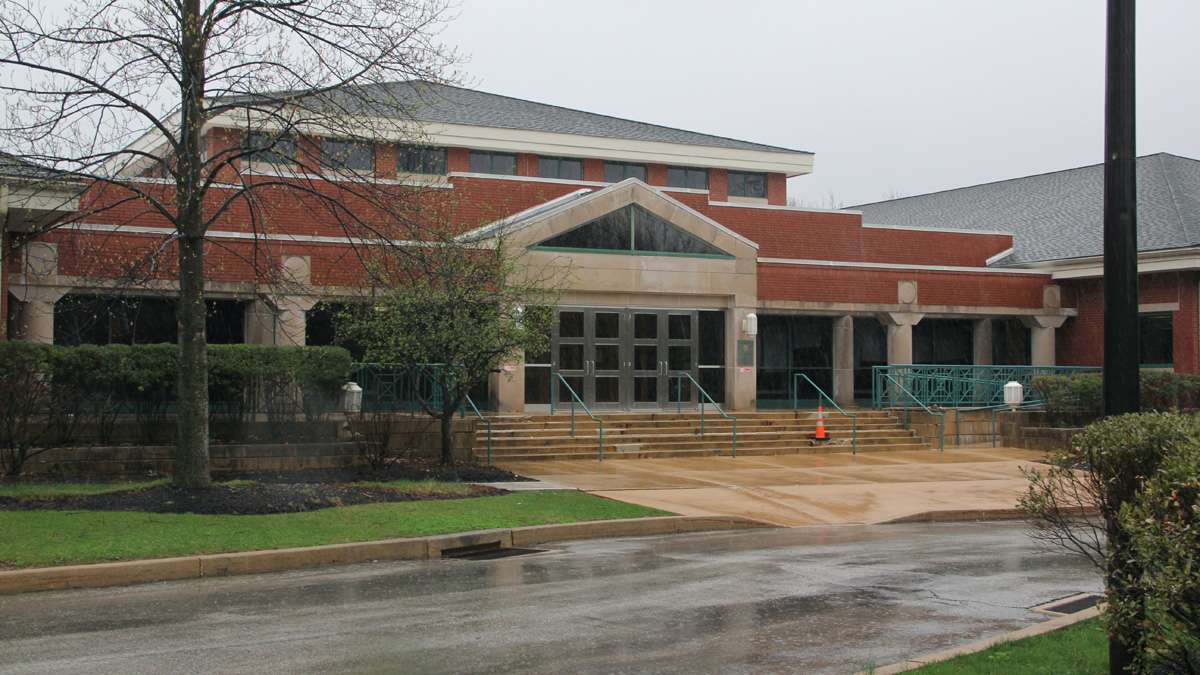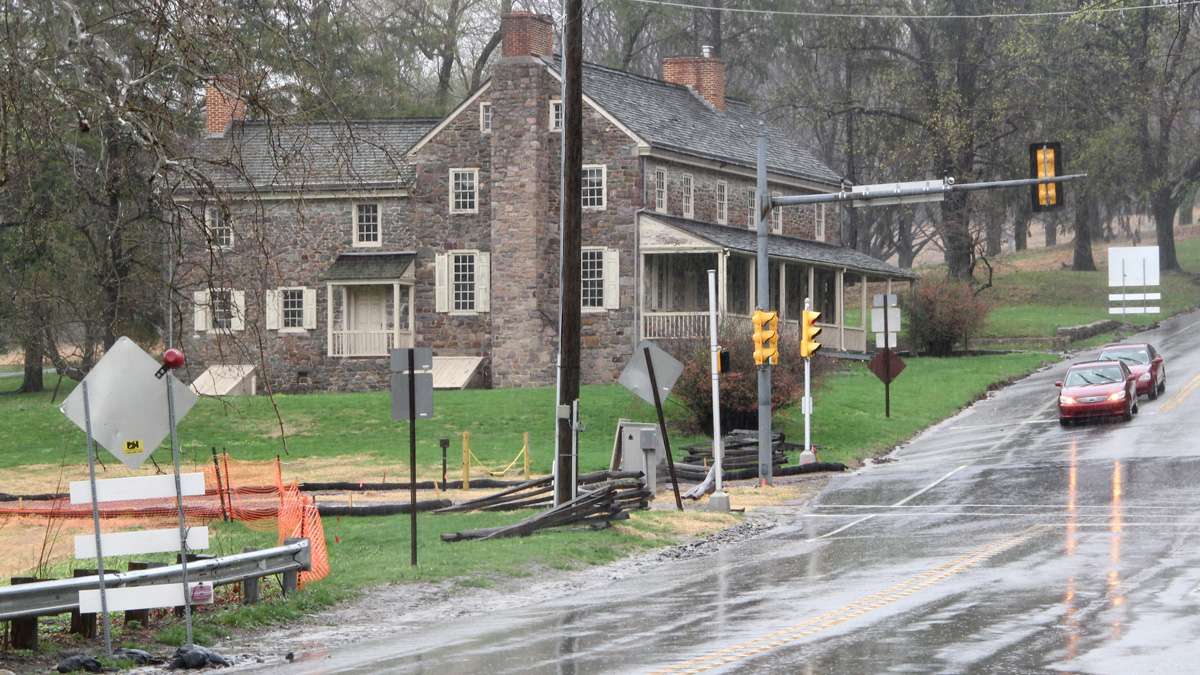Multiple sewer line breaks leaves big questions in Valley Forge area
ListenLast month, a ruptured sewer main spilled five million gallons of raw sewage into a Chester County creek near Valley Forge.
It was the third spill in two years in an area that eventually flows to the Schuylkill River in Philadelphia.
That’s left township officials and environmentalists upset and engineers are studying whether the whole pipe will have to be replaced a decade early.
Owen Owens’ love affair with Valley Creek dates back decades. Nearly 40 years ago, he helped launch the Valley Forge chapter of Trout Unlimited, a national conservation organization dedicated to protecting streams clean enough for the fish.
“You have a wild trout stream, naturally reproducing. I mean, that’s a gem,” Owens said. “You don’t have that almost anywhere in the country. And then to have it in the national park, it’s just a wonderful thing. So we need to protect it.”
And so, Owens was devastated when he learned about last month’s spill in Tredyffrin Township.
An estimated five million gallons of raw sewage flowed into Valley Creek after part of a 30″ sewer main burst.
“I feel like I got kicked in the stomach. It’s just really disturbing,” he said.
For the better part of two days, both Valley Forge National Historic Park and the roads that run through it were closed.
Officials as far away as Philadelphia were on high alert. Valley Creek flows into the Schuylkill River, a source for city drinking water.
With the break patched, local officials are waiting for answers.
Tredyffrin Township has hired an outside engineering consultant to get them, says manager Bill Martin.
“We want to make sure the pipe is in good condition, can the long-term condition of the pipe handle any future growth, all of those questions will be determined as we figure out what was the cause of these breaks so we can determine is it site-specific or the whole line needs to be reviewed,” Martin said.
Martin says capacity is not the issue.
Age could be. Ralph Heister is convinced of it.
In the early 1970s, while teaching at Conestoga High School, Heister and his students urged township officials to consider how to minimize environmental impact when building the sewer line, but many suggestions were deemed too expensive.
The concrete pipes installed then were estimated to last about 40 years.”It’s like anything else we build, you know, it’s not going to last forever,” Heister said. “You’re going to have to repair it or you’re going to have to replace it.”
The engineering study could recommend spot fixes at identified weak points or replacing the entire Valley Creek Trunkline, the roughly three-mile stretch where all the spills happened.
Either option would cost millions and likely make life difficult for Tredyffrin and the other four townships that pay to use the trunkline.
“At this point, we don’t have money set aside for working on the Valley Creek Trunkline,” said Terry Woodman, township manager for East Whiteland. “Most municipalities have a capital plan. In East Whiteland, we have a six-year capital plan. I have projects in our own sanitary sewer collection system that we have programmed to take place over the next six years in that process.”
Woodman says when engineers assessed the line five years ago, they estimated it would hold up until 2026 or 2027.
“So now to have that project advanced, yeah, that’s difficult.”
The first phase of the engineering study is expected to wrap up in June.
Martin from Tredyffrin Township says he’s hoping for the best.
“It would be great if they said that it’s got another ten years on it or 15, but you know, it’s hard to say,” he said.
Barring another sewage spill, construction is not expected for at least another two or three years.
WHYY is your source for fact-based, in-depth journalism and information. As a nonprofit organization, we rely on financial support from readers like you. Please give today.



